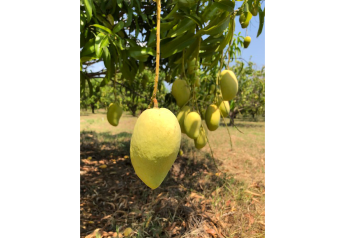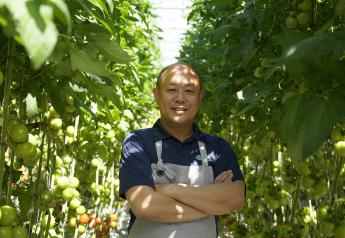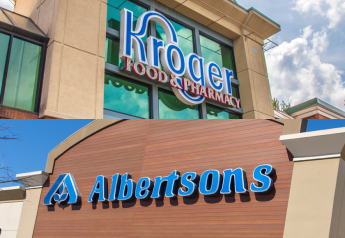5 Transformations Happening in China That Will Affect Your Farm

China contains the largest population of any country in the world. All those mouths drive demand across the globe and for your farm’s products.
“Chinese domestic policies have consequences for the global market,” says Wendong Zhang, Iowa State University Extension economist.
Zhang grew up in rural northeast China (his rural county was home to more than 1 million people and more than 100 million people across the globe share his last name). To set the stage for what farmers should know about China to understand the trade war, he provides a few key facts.
Mainland China and the continental U.S. are about the same size and cover similar latitude ranges.
- The U.S. is home to 329 million people, while China is home to 1.4 billion.
- The U.S. has around 17% of all the arable land in the world, with 4% of global population. China has nearly 20% of the population and 11% of the world’s arable land.
During the online Top Producer Summit, Wendong Zhang presented “5 Transformations Happening in China That Will Affect Your Farm.” Learn more here.
Zhang says farmers should understand these facts and trends about China.
Transformation 1: Exports to China Are Losing Steam
While the sheer size of China’s population drives the global economy, Zhang predicts these trends will slow the country’s food demand from key trade partners, such as the U.S.
“Exports to China are very consequential; they're actually one of the key factors why we started seeing $5 and $6 corn since the fall of 2020,” Zhang says.
China committed to purchases nearly $40 billion per year of U.S. agricultural products for the first two years (2020 and 2021) of the phase one agreement, which was signed on Jan. 15, 2020.
“Even though China has substantially increased their ag purchases they are still behind the very ambitious target of the phase one deal,” Zhang says. “The phase one deal left enough leeway to say purchases are contingent on market prices.”
Due in part to the COVID-19 pandemic and related impacts on global demand, China missed its commitment by about 30%.
In 2020, U.S. agricultural exports to China totaled $26.4 billion, up $12.6 billion from 2019. In 2021, ag exports hit a record $33 billion — up 25% from 2020.
“A lot of people would only attribute this increase to the phase one deal,” Zhang says. “But the bigger force is related to the hog recovery and rebuilding following African swine fever in China. As they were rebuilding, they needed more feed grain. So, they bought record amounts of corn from the United States. They were also having protein gaps, so they bought a lot more pork and beef, especially in the latter half of 2020 and early 2021.”
Transformation 2: China is Diversifying Its Trading Partners
Even though China has increased its business with the U.S. in terms of ag goods, the country is also building more trade linkages with competitors of the U.S., Zhang says. One key way is through tariffs.
“The average tariff on U.S. products rose from 8% in 2018 to an average of 20% today,” he says. “Likewise, U.S. tariffs on Chinese products rose from 3% in 2018 to today’s 19%.”
But, at the same time, China actually lowered tariffs for competitors of the U.S. The average tariff for other countries decreased from 8% to 6%.
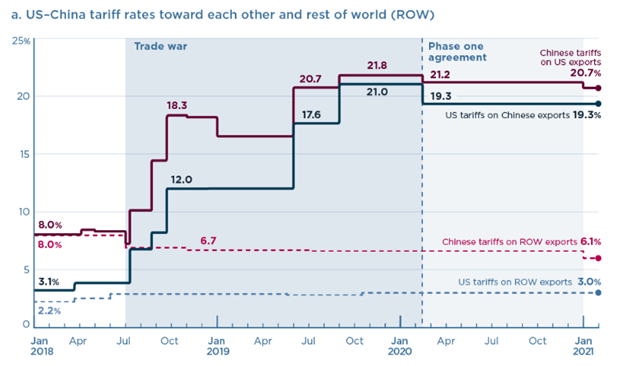
Zhang says China has also shown greater interest in expanding trade deals: “In a way this is China’s way of saying it embraces free trade.”
Transformation 3: China’s Population is Aging and Growing Richer
In 2020, China’s population hit 1.41 billion, with an average annual growth rate of 0.053% since 2010 (the lowest 10-year growth rate since its first population census in 1953).
In addition, China’s population structure is changing, Zhang says. A growing share of residents are older than 65 and the birth rate is declining.


“With an aging population and a declining fertility rate, China’s population pattern increasingly resembles developed countries,” he says. “China’s population shift and income growth will increase demand for consumer-oriented products such as meat and vegetables, dairy and wine products versus bulk and intermediate products. It's the income, not necessarily the population, that really drives the quantity and the configuration of the exports.”
In addition, consumers in China are slowly trading up their protein choices. The transition from vegetable proteins to animal-based proteins is now including more beef, which is creating more demand and value for U.S. cattle.
“Chinese people eat on average less than 10 lb. per person per year,” Zhang says. “But when you have 1.4 billion in population, just 1 lb. more could still lead to a substantial increase in the global market.”

Transformation 4: The Focus on High-Speed Transportation
The Belt and Road Initiative was partially put on hold due to the pandemic, Zhang says. But China is still focused on creating a more efficient transportation system for the country and connecting it to its Asian neighbors.
Recently a high-speed railway was completed between Kunming and Loas. The project took around five years to complete, and it cut travel time from two days to three hours.
When Zhang left China in 2009 to attend college in the U.S., not a single mile of high-speed rail existed in country. Today China is home to15,500 miles of high-speed track — the largest high-speed railway in the world.
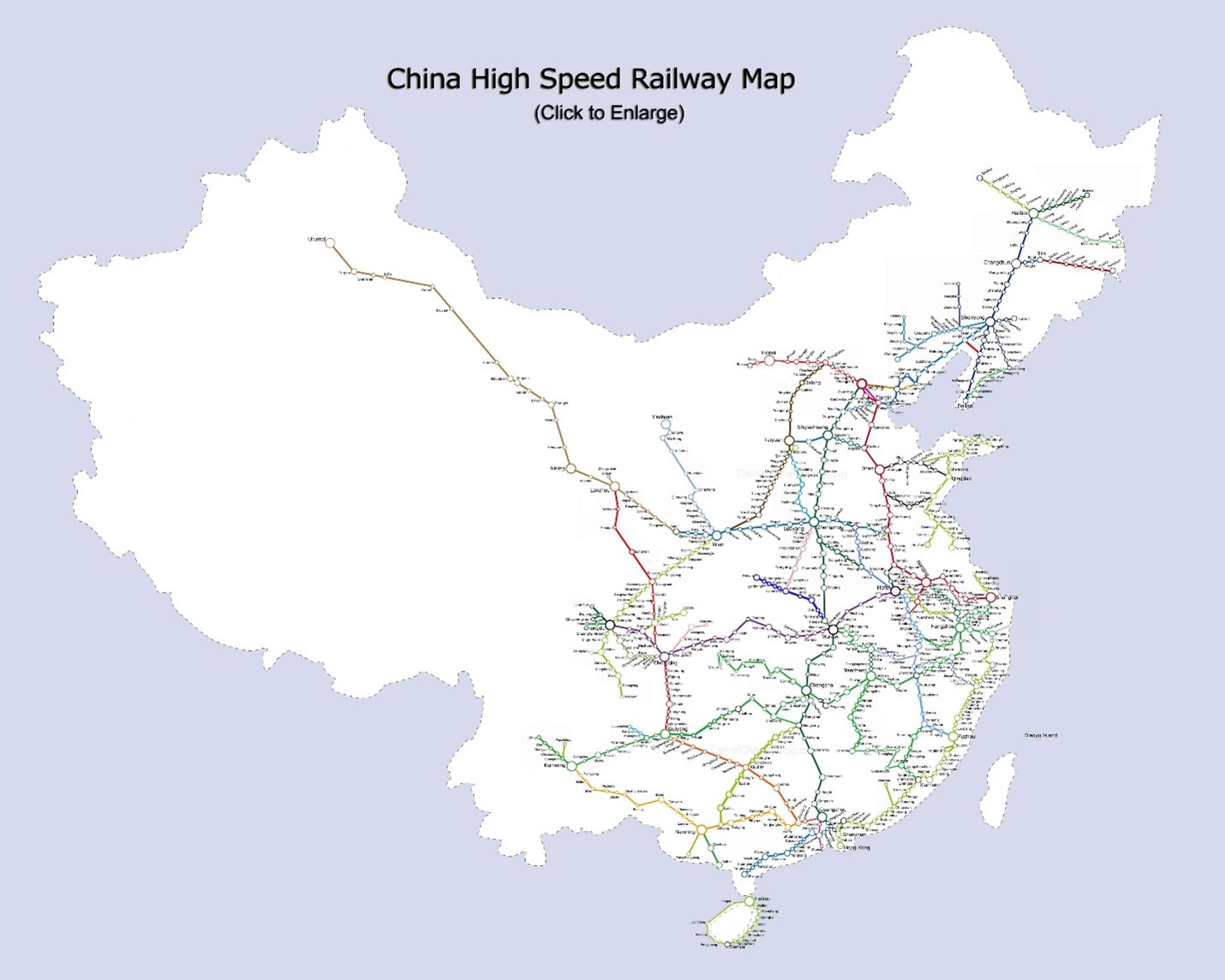
Zhang says China is also improving its trucking system with cold-chain technologies and equipment so they can transport meat versus live animals.
Transformation 5: U.S. and Chinese Politics Will be Key in 2022
This year China and the U.S. will hold midterm elections around the same time, Zhang says. President Xi Jinping will likely earn his third term.
“A lot of the analysts will say that it's the president, Xi probably will be here for at least a decade, if not more,” Zhang says. “The room for collaboration probably become narrower because of the upcoming elections.”
Zhang points out Xi and President Biden had their first meeting (which was virtual) last November.
“Because U.S. and China relations are so important the first meeting typically happens within the first two or three months of when a new U.S. president in office — not almost a year later,” he says. “When you look broadly at the U.S. and Chinese political relationship, were probably expecting a bumpy relationship for the next decade.”
If you want to learn more about China, Zhang recommends these three books:
- “The Beautiful Country and the Middle Kingdom” by John Pomfret
- “China’s Economy” by Arthur R. Kroeber
- “Invisible China: How the Urban-Rural Divide Threatens China’s Rise” by Scott Rozelle and Natalie Hell
Visit Iowa State University's China Ag Center
Read More
Why China’s Taste for Beef Is Growing
Population Peak: How China’s Demographics Could Impact U.S. Agriculture
Eyes Wide Shut? US Agriculture Faces China Reckoning
While America Slept, China Stole the Farm
You can still register for the Online Top Producer Summit, which gives you access to content through March 31. Use the code “VIRTUAL” to take 50% off your registration fee.
Read more coverage of the Top Producer Summit.



